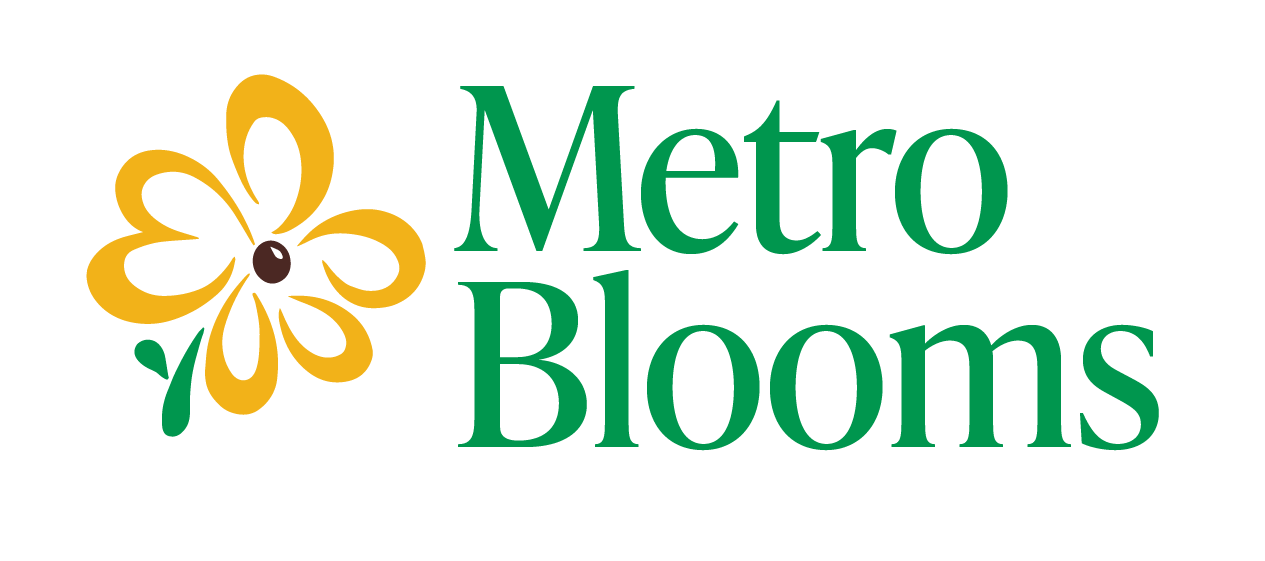Family: Scrophulariaceae (Figwort)
Scientific Name: Veronicastrum virginicum
Native, colonizing wildflower from 3-6′ tall that grows in rich woods and moist prairies. Has a central taproot as well as underground running rhizome roots.
Watch for: Toothed, lance-shaped leaves, 3 to 7 whorled leaves per node, white or pale pink flowers in dense spikes at the ends of branches.
Other names: Bowman’s root, Physic Root, Black Snake Root, Tall Speedwell, Leptandra, and Whorly Wort.
History: The roots are long sought after for their medicinal uses. The Meswuakies use Culver’s root (Black Snake Root) as a remedy for constipation and to dissolve gravel in the kidneys. It could also be drunk by women in labor for strength. The Chippewas steep five roots in a quart of water to make a tea that was both a purgative and a blood cleanser. The Menominis use it as a strong purgative, or “reviver”. From this use it became known to purify. Early Anglo-settlers caught on to the Menomini’s use of it as a purgative, eventually using it as a substitute for traditionally using mercury. Culver’s Root was popularized by Peter Smith, who wrote the Indian Doctor Dispensatory in 1813.
Tidbits: It was said in early settler folklore to often be found with evil medicines, so that a sorcerer may undo his work. It was also found in war bundles, used to purify people, animals, medicine, and weapons.
Gardens/ Cultivation: Culver’s root is tall, durable, and easy to grow. It flowers from July to September, and sometimes needs staking because of it’s height and weight. It also makes a nice, long-lasting cut flower for fresh flower arrangements. It’s available from nurseries specializing in native plants, and has cultivars called ‘Lavender Towers’ and ‘Fascination’.


______________________________________________________
Sources:
Kindsher, Kelly. Medicinal Wild Plants of the Prairie: An Ethnobotanical Guide. University Press of Kansas. Lawrence, Kansas, 1992.
USDA Plants Database: http://plants.usda.gov/java/
